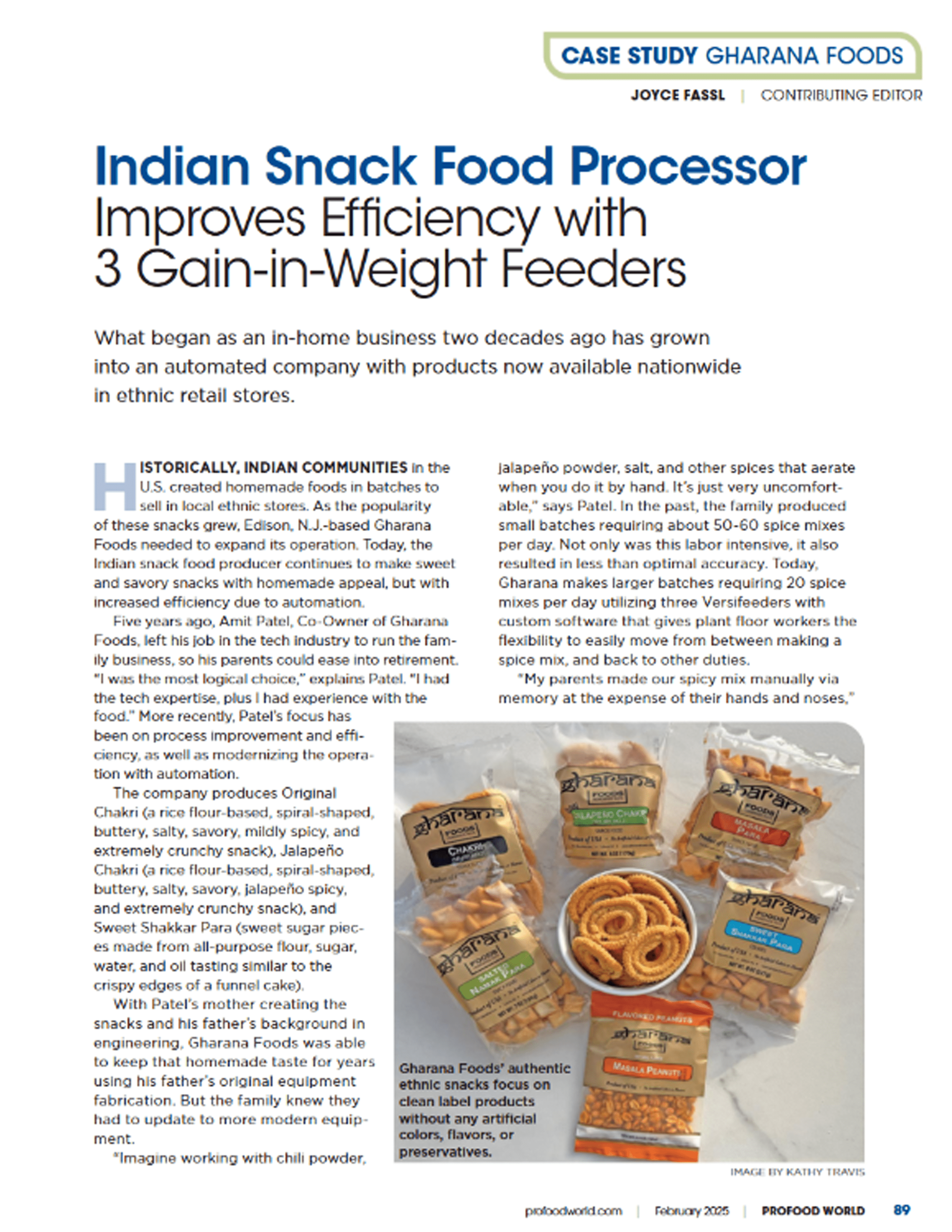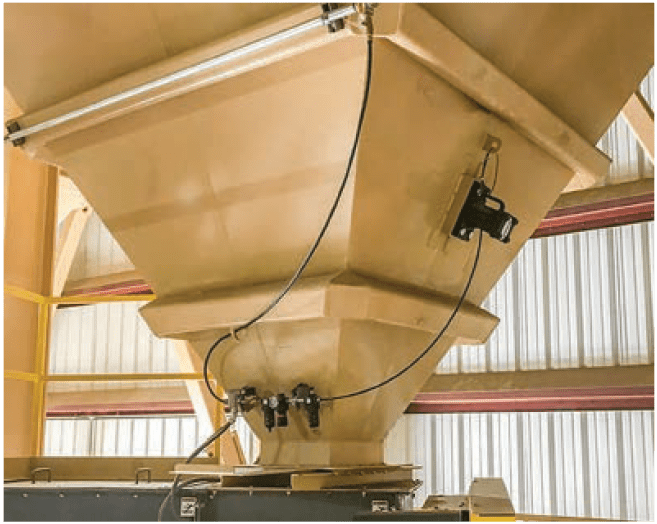“Controlled Vibration” enhances screw feeder performance
Non-free-flowing dry solid materials are a challenge to feed consistently and uniformly in volumetric & gravimetric screw feeders. Materials that tend to be readily adhesive (TiO2, foundry sand, pigments) or become easily fluidized (hydrated lime, cement, talcum powder, confectionary sugar, fly ash) can be quite difficult to feed. The simple and proven solution is the introduction of “controlled vibration” as a flow aid. Vibrating screw feeders are able to condition difficult materials to a uniform density and thereby ensure smooth movement and positive discharge throughout the feed process.
The operating principle of vibrated screw feeder is comparable to the repetitive filling and emptying of cups:
1) The most accurate filling occurs when the cup is filled with material.
2) When vibration is introduced, the material in the cup reaches a uniform density.
3) The excess material is stuck off.
4) While still vibrating, a precise amount of material is completely released from the cup.

At a much larger scale, the same process takes place in a vibrated screw feeder.
1) Material fills the screw flights in the trough area.
2) It is vibrated to a uniform density.
3) The material is struck off as it enters the metering tube.
4) Continued vibration of the metering tube and screw ensures complete release of the material at discharge.
It is extremely important to work with an experienced and knowledgeable manufacturer of Screw Feeders who will take into account the unique characteristics of your material to design and build equipment that will meet the critical requirements of your application.










































